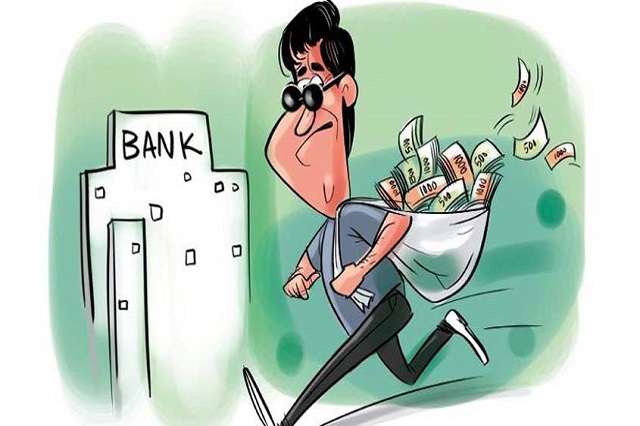
Credit growth foundation
From the credit growth rate of 13.71% achieved in 2023, the State Bank of Vietnam (SBV) set a growth target for 2024 at 15%. It is worth noting that the SBV has allocated the full year’s growth quota for credit institutions (CIs) from the beginning of 2024, leading to expectations that credit activities in this year will grow stronger and more positive from the early months, instead of being sluggish at the beginning of the year and only really speeding up in the last months, as in 2023.
These expectations are not unfounded, as the economic context is showing signs of improvement. Despite the GDP growth rate of only 5% in 2023, the Government still boldly set a target for economic growth in 2024 at 6-6.5%. Business conditions in the economy are also showing significant improvement.
According to data from the General Statistics Office, the Industrial Production Index (IIP) in January 2024 is estimated to increase by 18.3% compared to the same period last year. Similarly, the Purchasing Managers’ Index (PMI) of S&P Global shows that Vietnamese manufacturers have recorded a return to growth in early 2024, as initial signs indicate improved demand, resulting in new orders and production volume rebounding. Specifically, this index has returned above the threshold of 50 points in the first month of the year, increasing to 50.3 points compared to 48.9 points in December.
In light of this situation, the demand for loans this year is predicted to rebound, as businesses gain more confidence in the prospects of the economy and borrow more boldly for investment and business expansion. In turn, the income of workers will also improve, leading to increased investment and consumption, which is more optimistic for credit growth in the personal customer segment.
It is also worth mentioning that earlier in the final days of 2023, the SBV also issued document number 9668/NHNN-CSTT to credit institutions and branches of foreign banks regarding the promotion of consumer and living loans. Accordingly, banks proactively balance their capital sources and enhance the diversity of credit programs and products that are suitable for the needs of each target group and customer segment, especially legitimate and legal loan demands for people’s living and consumption.
The interest rates for loans have decreased to a more appropriate level as the cost of capital for banks continues to decline, stimulating customers to borrow more. Recently, a series of banks have implemented preferential interest rate loan packages at very low rates to stimulate credit growth, especially when banks have been experiencing excess capital for a long time, thanks to the high growth of deposits in 2023, increased charter capital, and successful bond issuances with very large values.
A report from the Vietnam Bond Market Association shows that banks have issued bonds valued at more than 176,000 trillion Vietnamese dong, accounting for 56.5% of the total value of corporate bonds issued in 2023, making them the largest issuance group. In particular, a large amount of issuance is concentrated in the fourth quarter, especially the last month of the year.
What are the restraining factors?
In addition to the supportive factors, the credit growth target this year may also face some challenges. Clearly, with excess capital, banks must actively lend faster to optimize the efficiency of capital usage. However, in the face of high non-performing loan risks, which are on an upward trend, banks will also need to focus on controlling bad debts and collecting debts, partly affecting lending development policies as well as the pace of new loan growth of banks.
In reality, in each phase of the increasing NPL risk, the risk acceptance level of banks also decreases, meaning that banks will be more cautious in lending. Furthermore, the increase in NPLs also affects the safety ratios of banks, constraining credit development targets. For example, in the ratio of short-term capital utilization for medium- and long-term loans, short-term loans, if turned into NPLs, will be counted towards medium- and long-term debts, reducing this ratio. The increase in this ratio from the second quarter of last year was also due to the impact of the surge in bad debts.
In addition, according to calculations by analysts, with a GDP growth target of 6-6.5% and a credit growth target of 15% this year, if both targets are fully achieved, the debt-to-GDP ratio at the end of 2024 could continue to rise to 144%. This is a relatively high level and may pose macroeconomic risks, as the World Bank has previously warned that Vietnam’s credit-to-GDP ratio is among the highest in the world.
Another important factor that may affect credit growth is stricter policies regarding credit capital flows of banks. Specifically, the Government has strictly prohibited the provision of credit that does not comply with legal regulations, does not target the right subjects, and provides preferential interest rates to the leadership and related people of credit institutions, ecosystem enterprises, shadow enterprises, etc., while individuals and legal enterprises with legitimate needs encounter difficulties in accessing credit.
In recent years, a significant amount of credit has been poured into shadow enterprises of bank shareholders. The recent revelations about the outstanding balance of credit at SCB partly point out this reality. These shadow enterprises are also one of the areas where a significant amount of credit capital is absorbed, contributing to driving the credit growth of banks. Therefore, now that lending to shadow enterprises and ecosystem enterprises is more strictly controlled, the credit growth of many organizations may slow down.















